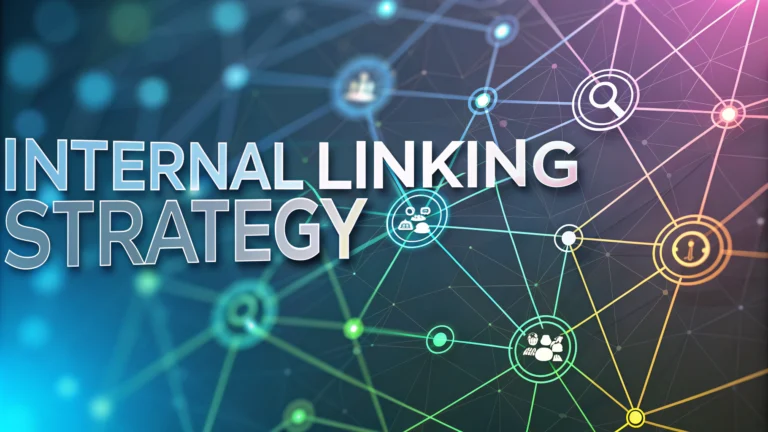Search engines reward websites with strategic internal linking. Most site owners overlook this powerful SEO technique that can dramatically improve website navigation, user experience, and search rankings.
1. Understanding Internal Linking Fundamentals
Internal linking connects different pages within the same website using hyperlinks. These connections help search engines understand site structure and establish content hierarchy.
Effective internal linking serves multiple purposes:
- Improves website navigation
- Distributes page authority
- Reduces bounce rates
- Enhances user engagement
Key Components of Internal Linking
Successful internal linking requires understanding anchor text, link relevance, and strategic placement. Thoughtful links guide users through your content ecosystem while signaling content relationships to search engines.
2. Developing a Strategic Internal Linking Plan
A systematic approach transforms random links into a powerful SEO tool. Site owners must map content relationships and create intentional navigation paths.
Strategic planning involves:
- Content audit
- Identifying topic clusters
- Mapping related content
- Creating comprehensive link networks
Creating Content Clusters
Group related content around pillar pages to establish topical authority. This approach signals expertise to search engines and provides clear user pathways.
3. Technical Implementation of Internal Links
Technical execution determines internal linking effectiveness. Proper implementation requires understanding HTML structure, link attributes, and user experience principles.
Critical technical considerations include:
- Anchor text optimization
- Link placement
- Crawlability
- Relevance scoring
Link Placement Best Practices
Position links contextually within content body for maximum impact. Avoid excessive linking that appears manipulative or disrupts reading flow.
4. Measuring Internal Linking Performance
Data-driven approaches transform internal linking from guesswork to strategic optimization. Understanding key performance metrics helps refine linking strategies.
Essential metrics include:
- Page views per session
- Time on site
- Bounce rate
- Conversion rates
Analytics Tools
Leverage Google Analytics and specialized SEO tools to track internal link performance and user behavior patterns.

